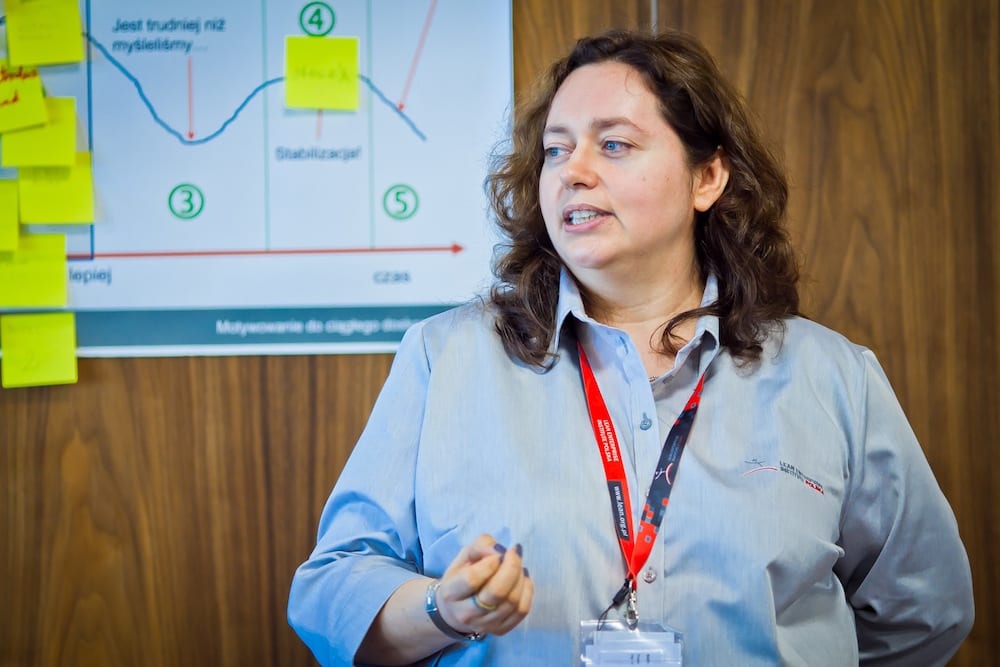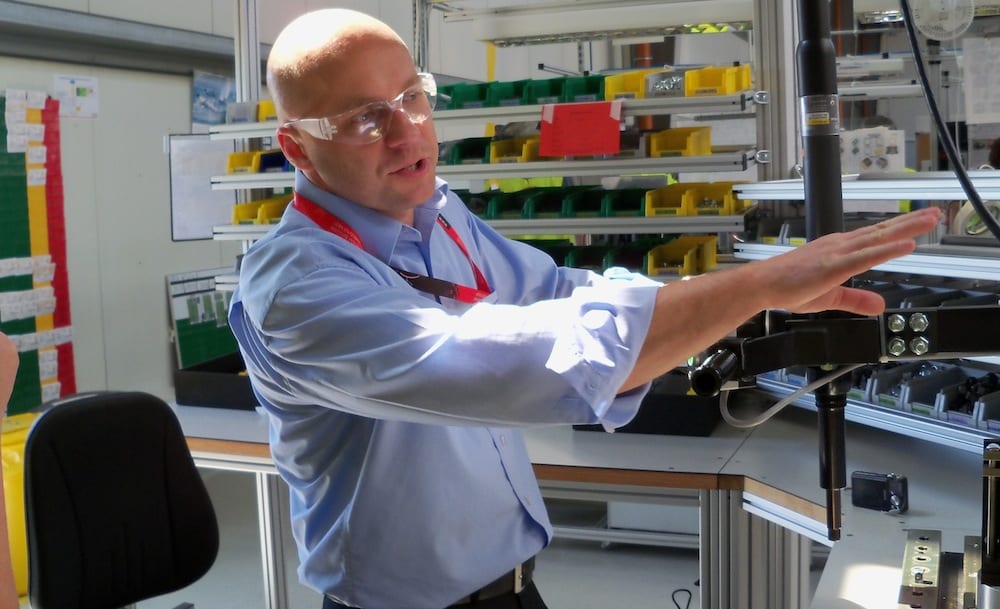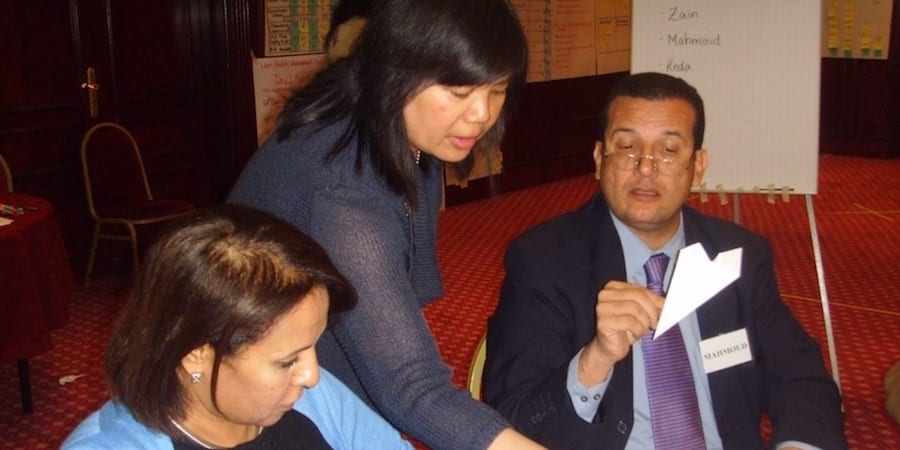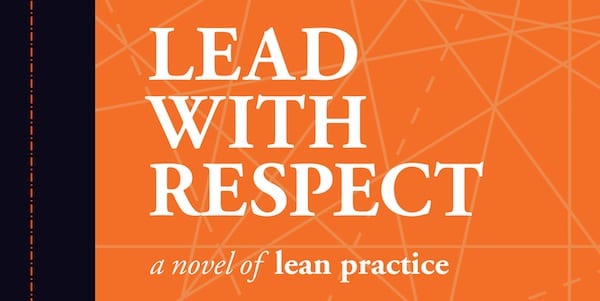
How to make the most of the support provided by lean consultants
FEATURE – Most organizations rely on the support of lean consultants to bring their transformations forward, but how can they make the most of their expertise and knowledge?
Words: Malgorzata Jakubik and Robert Kagan, Lean Enterprise Institute Polska
As no true lean person should walk by waste and ignore a chance for improvement, we felt the need to put together our reflections on things big and small that, while working with our customers, we have found to be common “speed bumps” or even show stoppers in a lean implementation. Whether systemic or tool-related, these obstacles have one thing in common: they tell our “war stories,” which we want to share with those on the road to lean, hoping they will warn them against frequent hazards others have struggled with.
LEAN CONSULTANTS, A NECESSARY EVIL?
- BALANCING INTERNAL AND EXTERNAL RESOURCES FOR EFFECTIVE LEAN CHANGE -
Work is much more gratifying and fulfilling if it helps to bring to something better, improve other people’s lives, and create something tangible and lasting. As we discuss some of the hazards that leaders travelling down the road of lean might come across, we think it is also important to talk about the mistakes you can make working with lean consultants. When we support an implementation, we want our customer to use their resources better but we would also like to think that what we have helped to build is long-term nature and will last, develop and grow.
Let’s start with a basic question – do you need lean consultants to implement lean at all? Are they really necessary?
Lean consultants are tools you use in your lean implementation. And as with all other tools in our lean world, we do not simply ask, “Where can I use it?” Instead, we should ask, “What are the needs?” and then look for a tool that can help meet those knowledge and experience needs.
Here is what we think you will need:
- The ability to objectively assess your current state and your potential for change;
- The ability to prioritize and strategically plan the roadmap of your changes;
- The knowledge and experience to provide your organization with the necessary lean tools and processes to meet your needs and apply them in practice;
- The skill of lean change management to convince your people at all levels that change is necessary;
- The ability to sustain the changes and use them as a foundation for further growth;
- The expertise of building the culture that will support continuous improvement.
If you have the organizational skills above, you technically don’t need lean consultants. But if you don’t have them or lack some of them, lean consultants are there to help you.
So here comes the decision you need to make – will I use external resources? And to what extent?
Am I going for a long-term partnership, a short project or a one-off event helping to complement our internal experience? Whatever your decision, make sure it is based on your real lean needs and not on a moment’s whim.
When you decide to use external resources, here are some of the principles that will help you avoid mistakes and make the most of your investment.
THE KEY PRINCIPLES OF USING LEAN CONSULTANTS
1. Be clear in formulating your needs and expectations. And if you are not sure about them, invest in the assessment of your lean potential first.
Think about why you want to change and what is pushing you towards change. Where are your biggest problems? Where are your biggest opportunities? Are you facing cost competition? Are there quality problems that you are fighting with?
Consultants will be a lot more helpful if they know what beast they are supposed to help you fight.
If you know that something is wrong or that you have a lot of untapped potential but you are not sure about its actual nature or where you should focus, use consultants to help you assess. It is always useful to get a set of fresh eyes to look at our situation from the outside: it will help you to analyze and agree on priorities.
2. Never relinquish the responsibility for your organization. Do not expect consultants to manage it in your place - they are just a support resource.
This is your organization, and consultants will never (and shouldn’t) replace you in managing your people and your resources. Ask for their advice on how to do it better but never stop being the decision maker in your business. If managers and supervisors in your organization are weak, use consultants to help you develop them or to find and grow new ones. But never replace them with consultants.
3. Remember that the ultimate goal of working with consultants is to work without them as soon as possible.
It is better to buy a focused train-the-trainer program and consulting on practical implementation than an extensive series of workshops led directly by external facilitators. Sure, externally-led workshops will deliver the lean message, undiluted, directly to a big number of employees, but once they are done there will be no real internal expertise to apply the message on a continuous basis in your organization.
This approach is especially important if you are working on a very tight budget and have to make sure that the resources are used to their full practical potential.
4. Mobilize resources – the better you use them now, the quicker the consultants are gone and off your expenses.
The presence of consultants costs money. Having consultants come to your plant and not have internal resources prepared to work with them is a complete waste. Once you have decided on working with external resources, make sure you use their knowledge and expertise as much as you can.
5. Be open. Do not argue. Listen and demand specific advise if a problem is identified.
Be prepared: you will not like everything that consultants want to tell you about your organization. After all, this is exactly what you are paying them for. If you want consultants to follow your orders, you may as well not use external resources at all. Let them identify problems, let them advise. Once you have listened, you still have the right to decide what will happen in your organization.
6. Form a partnership that goes beyond the business agreement.
Believe it or not, consultants work better if they can put their hearts, not only their minds (which you pay for) into the process of helping your organization. It will be your own interest to develop the relationship into one of common responsibility, partnership and mutual respect. In an ideal situation, you’d want your consultant to feel personally involved if something is not going right in your organization and to engage as much as possible in fixing the situation. Equally, you want them to feel proud of your organization’s successes and to be an active part of them. The formal agreement you signed should be the necessary basis for the cooperation, rather than the factor ruling it at all times.
Below is a table summarizing the division of responsibilities between a customer organization and consultants. We have found this to be the condition that works best. Whether and how you link business results with these responsibilities depends on the individual arrangements you are a part of, but in general there is an obvious split: consultants are expertise providers, while the leaders of the organization provide resources and make decisions based on the consultants’ expertise!

Let us part with you with an appeal. For your own benefit, be our favorite partner-customer: be clear in your expectations, open, demanding and focused on getting the job done!
This article is also available in Polish here
THE AUTHORS


Read more


PROFILE – While pioneering the application of lean thinking in healthcare, Alice Lee realized that you should always approach teaching as you do problem solving: scientifically, situationally, and with the humility of a learner.


FEATURE – The approach described here, first adopted by this Chinese company, directly connects the daily work in manufacturing with an organization’s financial results.


REVIEW - Michael and Freddy Ballé’s new novel, which came out this week, will help readers to understand what it really means to be a lean leader and respect people.


NOTES FROM THE GEMBA – Somfy’s R&D department is applying Lean Thinking to close knowledge gaps, improve collaboration, and boost innovation and technical competence.

